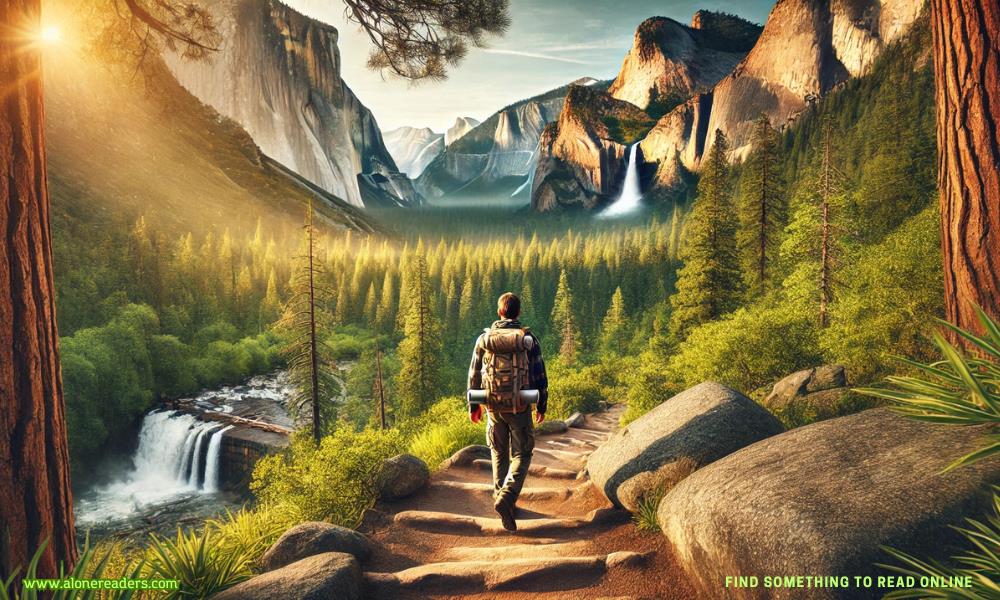
Yosemite National Park is one of America’s most iconic natural treasures. With its soaring granite cliffs, ancient giant sequoias, and cascading waterfalls, the park offers countless opportunities for hikers and nature lovers alike. Whether you’re a seasoned trekker or a weekend wanderer, Yosemite’s diverse trails promise breathtaking views, challenging climbs, and unforgettable moments. In this travel blog post, we’ll explore some must-see hiking trails, provide essential travel tips, discuss how to get there, outline your accommodation and food options, and even share estimated costs for your adventure—all while highlighting precautions to ensure a safe and enjoyable trip.
Nestled in the heart of California’s Sierra Nevada mountains, Yosemite National Park spans over 1,200 square miles of stunning landscapes. This UNESCO World Heritage site is famous for its dramatic rock formations such as El Capitan and Half Dome, its serene meadows, and its cascading waterfalls like Yosemite Falls and Bridalveil Fall. Whether you’re drawn by the park’s natural beauty or its rich history as a destination for artists and conservationists, Yosemite offers something for every traveler. In this guide, we delve into the park’s most popular hiking trails, share insider travel tips, and help you plan a trip that’s as enriching as it is adventurous.
Traveling to Yosemite is relatively straightforward, whether you’re coming by car, bus, or plane. The park is accessible year-round, though some roads may close during the winter months due to snow.
Yosemite offers a range of accommodations, from campsites nestled among towering pines to luxurious lodges with stunning views. Here’s a breakdown of your options:
Yosemite National Park is home to a vast network of trails that cater to various skill levels. Here are some of the trails you absolutely cannot miss:
1. Half Dome Trail
One of the most iconic hikes in Yosemite, the Half Dome Trail is a challenging 14- to 16-mile round trip that rewards hikers with panoramic views of the park.
2. Mist Trail
The Mist Trail is popular for its close-up views of Vernal Fall and Nevada Fall, two of Yosemite’s magnificent waterfalls.
3. Yosemite Falls Trail
For a close-up look at one of the tallest waterfalls in North America, the Yosemite Falls Trail is an excellent choice.
4. Glacier Point Trail
Although shorter than some other hikes, the trail to Glacier Point is a must for its unrivaled panoramic views of Yosemite Valley, Half Dome, and the High Sierra.
5. Four Mile Trail
Connecting Yosemite Valley to Glacier Point, the Four Mile Trail offers a challenging ascent with spectacular scenery along the way.
When planning your hiking adventure in Yosemite, consider these important details:
In total, a three-day hiking trip to Yosemite might cost you approximately:
The park offers a variety of dining options, from casual cafes to more formal dining experiences.
Due to Yosemite’s popularity, accommodations book up quickly, especially during summer and holiday periods. Here are a few tips:
While Yosemite is a paradise for hikers, safety should always be your top priority. Here are some precautions to consider:
Day 1: Arrival and Yosemite Valley Exploration
Day 2: Iconic Trail Hikes
Day 3: Scenic Overlooks and Departure
Final Thoughts
Hiking in Yosemite National Park is an unforgettable experience, offering a blend of physical challenge, natural beauty, and serene moments amidst some of the most dramatic landscapes in the United States. Whether you’re scaling the iconic Half Dome, feeling the cool spray of the Mist Trail, or simply enjoying the vastness of Yosemite Valley, each trail promises a unique adventure. While planning your trip, remember to prepare adequately for the weather, book accommodations early, and respect the natural environment to preserve its beauty for generations to come.
Yosemite is more than just a destination—it’s an experience that inspires awe and respect for the natural world. By following this guide and taking the necessary precautions, you can ensure that your hiking adventure is safe, enjoyable, and truly memorable. Happy hiking!